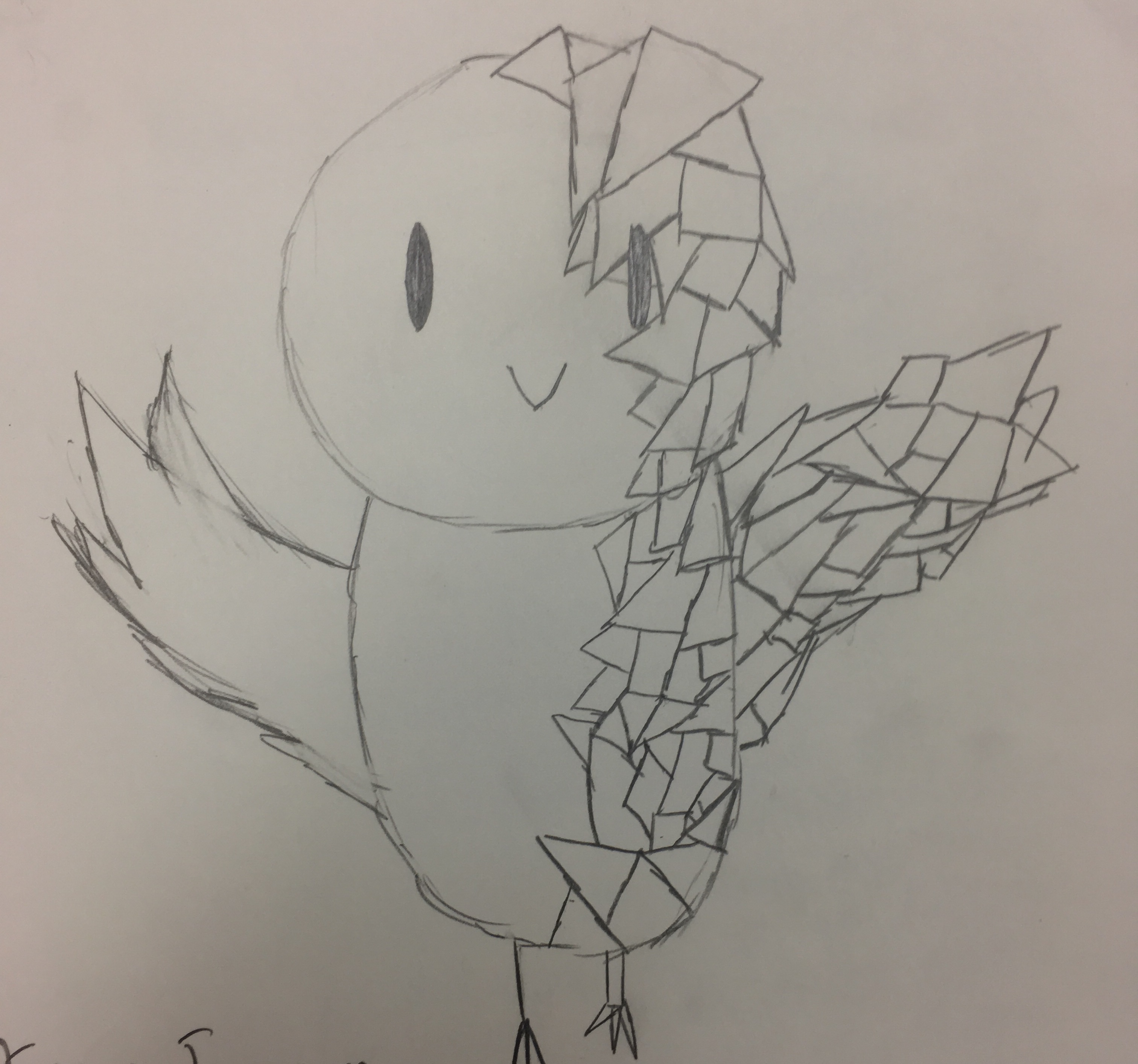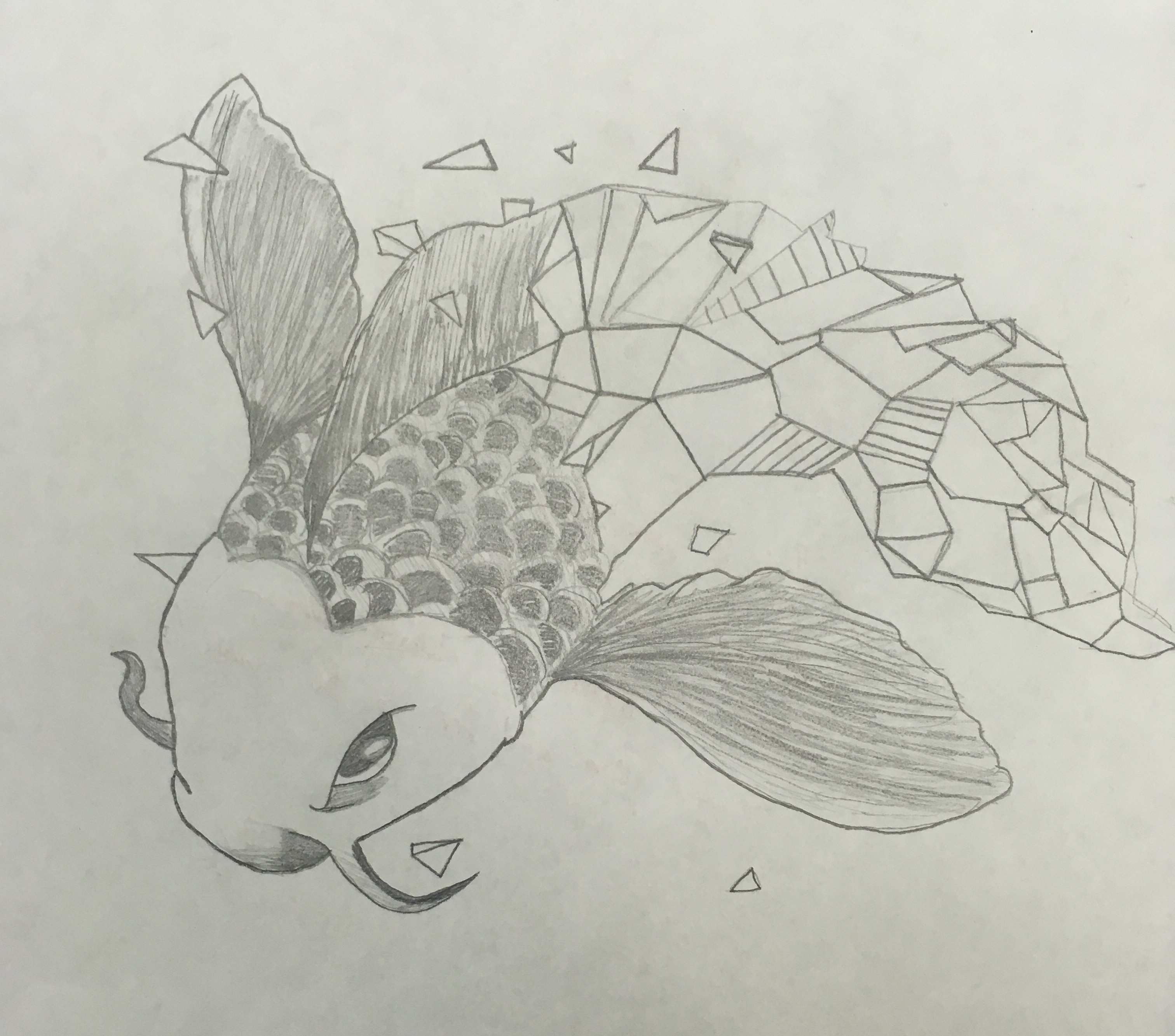As part of our series on implementing a Badging system, we've explored sample tasks and student responses centered around Math, Equity, and Culture and Data Representation. Because the main purpose of these badges is to encourage middle school students to "fall in love" with mathematics, in the final segment I want to examine a topic strand that makes it easy for students to love and appreciate math: Math and Beauty.
The name of this topic strand is purposefully vague. Math and Beauty topics could center around the beauty of mathematics in nature. They could also represent artists' attempts to make mathematical beauty apparent in their creations. There are tasks centered around architecture and graphic design. Whether naturally created or man-made, mathematical beauty is all around us and our Middle School students deserve a chance to experience that virtue.
The first task we will examine borrows a skill from our preschool and Kindergarten friends, and focuses on...coloring. Edmund Harriss and Alex Bellos have co-authored best-selling coloring books focused on mathematical concepts. When each book has been released, the authors have offered free sample PDF coloring pages that teachers are allowed to photocopy. Students who selected this badge had a very simple task: Color the page and reflect on your experience. Here are some sample reflections:
"The value of seeing and experiencing the beauty and artistry in certain mathematical images is having the ability to access your creative side and being able to see shapes and numbers in a different way."
"Finding patterns in things and creating new images is pretty interesting."
"Coloring this page made me think harder and color more carefully as I went along, because I was also thinking of the mathematics about it like how many spaces apart things were."
"It also gives math a new value on the artistic side of someone's intelligence and creativity."
One of the simplest determinations of the success of this particular badge is the number of copies of the coloring book I have seen around my school over the past couple years. Students try the free page and then ask their parents to purchase the book. Artistically-inclined students now have a "hook" to think about mathematics differently.
A second badge opportunity uses the work of illustrator Kerby Rosanes as an inspiration. His series "Geometric Beasts" shows different animals decomposing into fractal geometric pieces. The task again was a simple one: Look at the pieces, and create your own illustration in the style of the artist.
Here are some sample pieces or art from my students:



I didn't even require a reflective piece to accompany the artwork. Sometimes creating a piece like this subliminally emphasizes important mathematical concepts like "Math is everywhere", "Everything is constructed by mathematics", or "Even artists use mathematics all the time". Also, it's important that sometimes students just do mathematics "for fun", and the students who choose this badge are likely to enjoy the creative process of this task; they don't always have to reflect on the process for it to be a worthwhile experience!
Math and Beauty considers more than just visual artwork, however. There's an opportunity for students to consider mathematical patterns in drumming (did you know that Jeff Porcaro utilized fractals in his music?). Pixar and Khan Academy partnered for a series of lessons on graphic design in movie making and how mathematics is used to create computer animations. Finally, there are a few of badges on food, like how to make roasted potatoes taste better using mathematics. After all, what's more beautiful than a delicious meal?
As a professional mathematician and math teacher there is still nothing that gets me to adore mathematics more than when I see something beautiful, whether it's a beautiful theorem or proof, something in nature, or a man-made artifact that uses mathematics. I am excited to give my students the same opportunity.
I hope you have enjoyed this series on Badge opportunities for Middle School students. Remember you can check out the entire collection here (feel free to use them as-is, modify them, or use them as inspiration to create your own badges for your students' interests), or connect with me here if you'd like more information, have questions, or would like to collaborate.